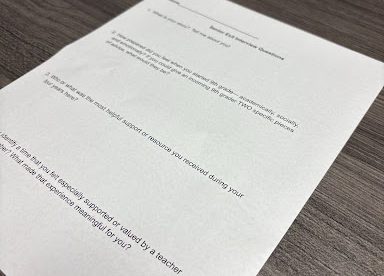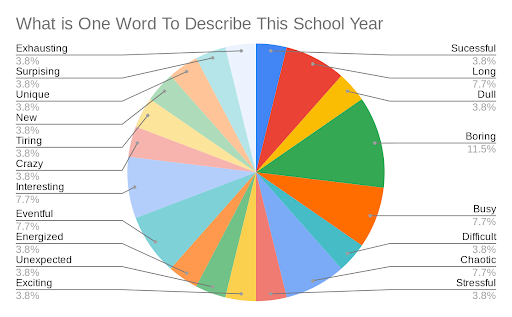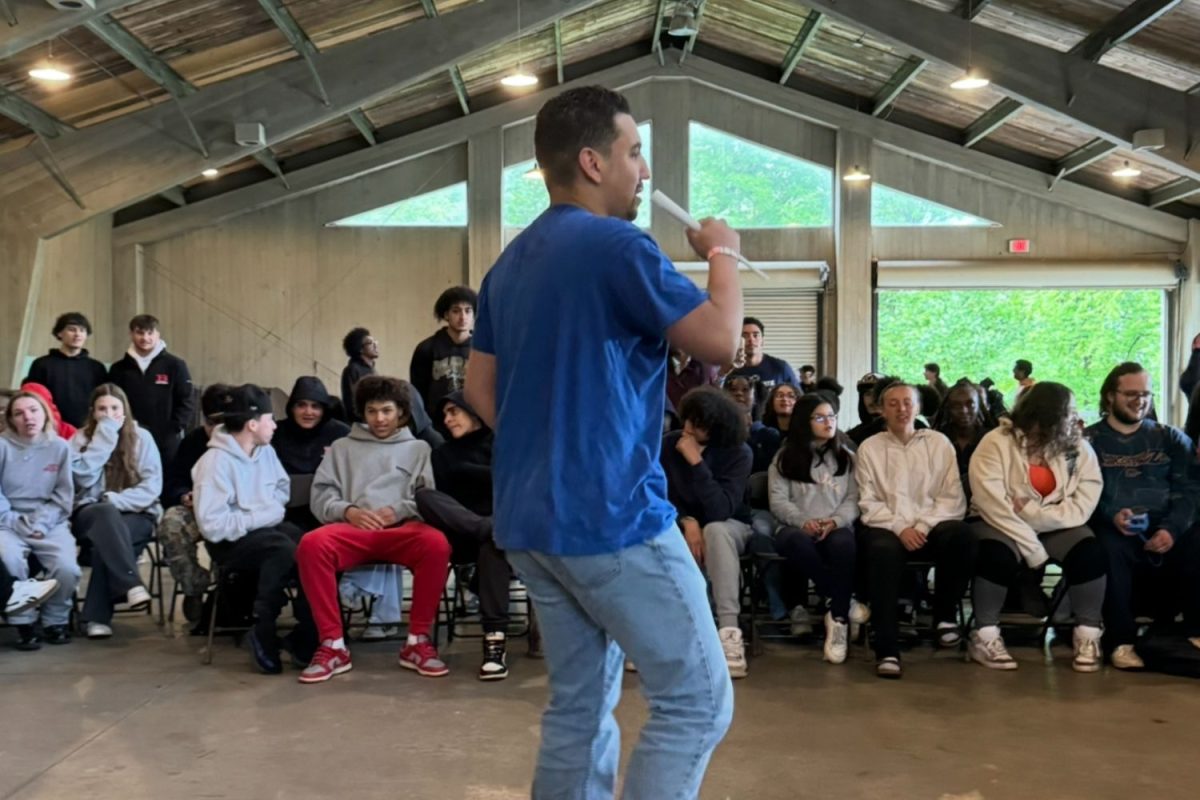As a state that prides itself on being the “Constitution State,” Connecticut does not extend the most fundamental elements of our Constitution’s First Amendment to the voices of the future, hindering the rights, freedoms, and expression of our state’s youth.
On November 17, 1734, New York’s Royal Governor, William Crosby, had newspaper printer John Peter Zenger arrested for printing a copy of The New York Weekly Journal that addressed acts of corruption by the governor. Zenger was accused of libel for publishing information that made the governor look bad, and the case ultimately made its way to the New York Province Supreme Court. The lack of basic rights protecting Zenger alarmed many colonists, which in turn helped develop the general belief that the freedom of the press must be protected.
Many years later, in creating the Bill of Rights, author Jame Madison made freedom of press part of the very first Amendment to the US Constitution, instilling it as a right set in stone. Ever since, freedom of the press from the government has been protected at all levels, with one major exception.
Students in schools had, for a long time, existed in a somewhat gray area when it came to both free speech as individuals and free press as newspapers. This vagueness was clarified in the landmark Supreme Court case Tinker v. Des Moines, in which the court ruled that neither students nor teachers lost their right to express themselves at school unless there was a clear disruption to the learning environment.
The Tinker standard, as it became known, heavily protected the rights of student journalists, essentially allowing them free reign to report as needed with the minuscule exception of not being able to disrupt the learning of others, nor publish content that violated standing laws (libel, slander, hate speech, etc.). Famously, the ruling stated that students do not “shed their constitutional rights to freedom of speech or expression at the schoolhouse gate.” This meant that public school students, acting as journalists, could not be censored by their districts for facts and opinions that the schools disagreed with or showed the school in a negative, but truthful, light. But the standard wouldn’t last.
In 1988, another Supreme Court case, Hazelwood v. Kuhlmeier, overturned the ruling in Tinker, fundamentally changing the ability of school officials to regulate student journalism. The decision would allow administrators to censor articles that they deemed inappropriate or if the content went against the values of the school. This essentially meant that the relative freedom of press and speech granted under Tinker virtually disappeared under Hazelwood, forcing student newspapers to comply with almost all demands from school officials to censor or otherwise change articles as they saw fit.
As a result of Hazelwood and the current state of student press freedom, school newspapers often find themselves being censored, edited, or otherwise restricted by school officials. These infringements on the independence of the newspaper and voices of the students, while theoretically protecting the schools, really just take away the rights of students.
Take for example a purely hypothetical article about a new school policy that prevents the teaching of algebra, which has itself caused a dramatic fall in test scores. The school would not want such an article published as it makes their choices look bad, even though exposing the error would allow for the public to push for algebra to be taught again so as to improve the test scores. Not wanting to look bad or get into trouble, school administrators, within their rights here in Connecticut, could have the article shelved entirely and prevent the free flow of information from students acting as journalistic watch dogs to their community. With such a story being censored and unable to reach the community, serious issues can go relatively unnoticed by many in the community and remain unsolved.
While extreme censorship isn’t an everyday issue, and although there is merit to discouraging plagiarism, libel, or hateful speech, preventing the future leaders of our state from being able to inform their communities about the things that matter is an atrocious result of the currently standing Hazelwood standard. Tyranny, in essence. There is, however, a solution to this problem.
As of February 2024, over 17 states across the country have independently passed laws that counteract the result of Hazelwood v. Kuhlmeier, in addition to 7 more that have bills in various parts of the legislative process. These laws return relative freedom of the press and speech to student publications, while some go even further and give protection to advisors from intimidation and retaliation.
Last year, Connecticut had two bills introduced to its legislature that aimed to broadly protect student voices and journalism, but neither went anywhere before the end of the legislative session.
While giving the closing statements as John Peter Zenger’s lawyer, Andrew Hamilton told the court that “the loss of liberty in general would soon follow the suppression of the liberty of the press; for it is an essential branch of liberty, so perhaps it is the best preservative of the whole.”
When the jury returned their verdict, and against the instructions of Governor Crosby’s judge, Zenger was ruled not guilty in a landmark case that would set the stage for our modern interpretation of free speech and press rights. It is simply this same relief from inhibition that Zenger was granted, and is protected by our Constitution, that student journalists seek today.
Just as Zenger suffered in 1734, the members of today’s school publications routinely find themselves being censored and even penalized for writing truthful information and their own opinions. Connecticut, “the Constitution State,” must honor its namesake by passing legislation that upholds the 1st Amendment freedoms for student journalists, championing press liberty and empowering tomorrow’s journalists and leaders to inform on and inspire the future.










